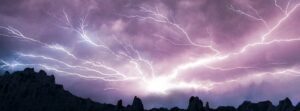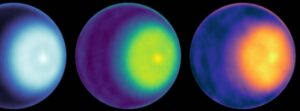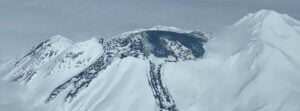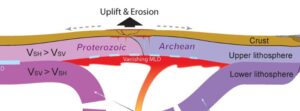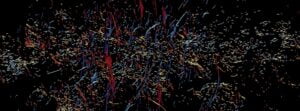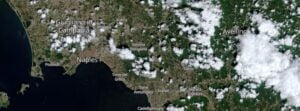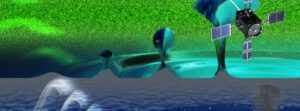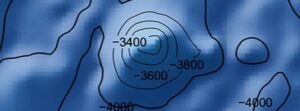Lightning strikes in European eastern Alps doubled over the past 40 years
A team of researchers from the Departments of Geosciences, Atmospheric Sciences, and Statistics at Innsbruck has reported a doubling in the number of detected lightning strikes in the high altitudes of the European Eastern Alps over the last 40 years.

